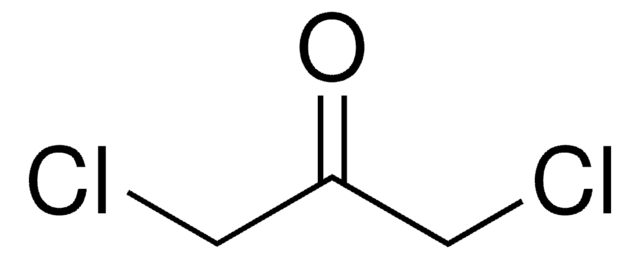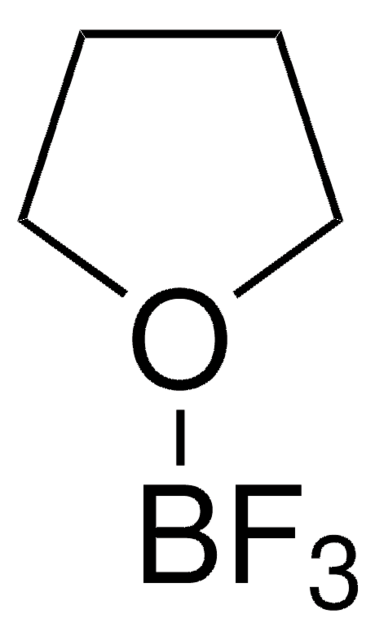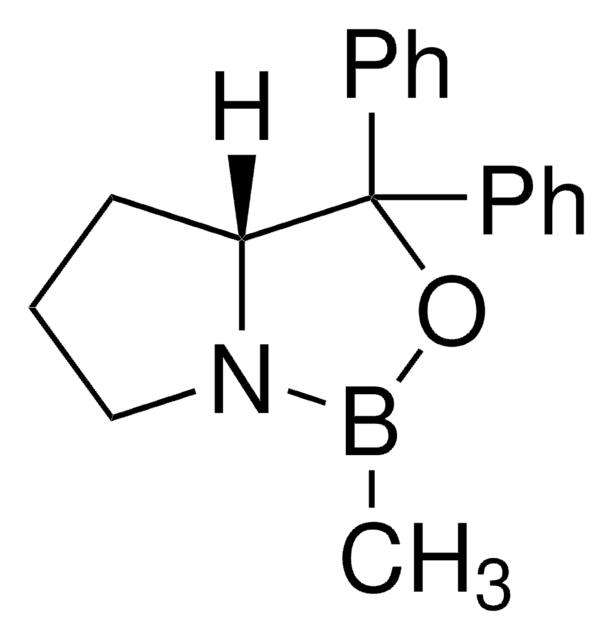192120
Borane dimethyl sulfide complex solution
2.0 M in THF
Synonym(s):
BMS, Trihydro[thiobis[methane]]boron
About This Item
Recommended Products
form
liquid
Quality Level
reaction suitability
reagent type: reductant
concentration
2.0 M in THF
density
0.855 g/mL at 25 °C
functional group
thioether
storage temp.
2-8°C
SMILES string
B.CSC
InChI
1S/C2H6S.BH3/c1-3-2;/h1-2H3;1H3
InChI key
RMHDLBZYPISZOI-UHFFFAOYSA-N
Looking for similar products? Visit Product Comparison Guide
Related Categories
General description
Application
- One-pot conversion of alkynes into 1,2-diols.
- Preparation of iminopentitols.
- Reduction of representative organic functional groups, such as esters, nitriles and amides.
- Used along with a dendrimeric supported L-pyrrolidinol in the asymmetric reduction of indanones and tetralones.
- Asymmetric reduction of ferrocenyl-1,3-diketones to chiral 1,3-diols.
- Highly enantioselective reduction of ketones catalyzed by C3-symmetric tripodal hydroxyamides.
Reactant involved in:
- Hydroboration / oxidation
Signal Word
Danger
Hazard Statements
Precautionary Statements
Hazard Classifications
Acute Tox. 4 Dermal - Acute Tox. 4 Oral - Carc. 2 - Eye Dam. 1 - Flam. Liq. 2 - Repr. 1B - STOT SE 3 - Water-react 1
Target Organs
Respiratory system
Supplementary Hazards
Storage Class Code
4.3 - Hazardous materials which set free flammable gases upon contact with water
WGK
WGK 1
Flash Point(F)
1.4 °F - closed cup
Flash Point(C)
-17 °C - closed cup
Personal Protective Equipment
Choose from one of the most recent versions:
Already Own This Product?
Find documentation for the products that you have recently purchased in the Document Library.
Customers Also Viewed
Our team of scientists has experience in all areas of research including Life Science, Material Science, Chemical Synthesis, Chromatography, Analytical and many others.
Contact Technical Service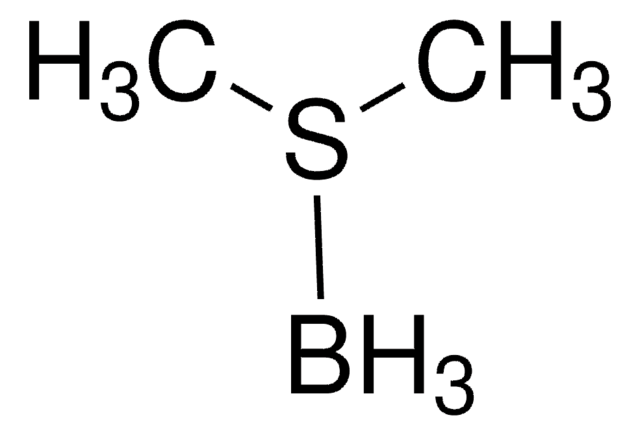

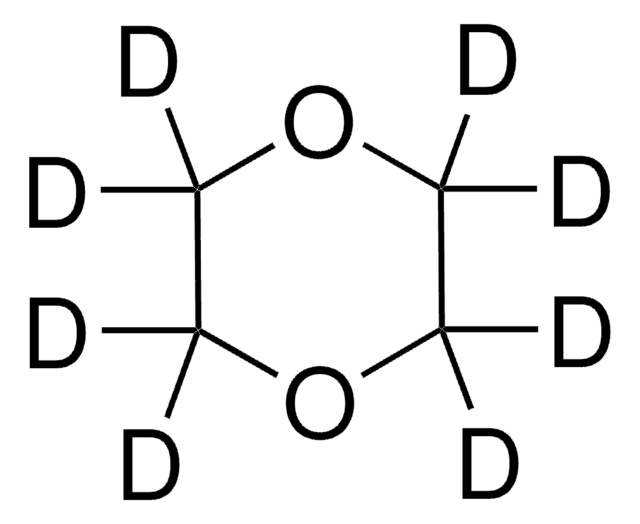


![9-Borabicyclo[3.3.1]nonane solution 0.5 M in THF](/deepweb/assets/sigmaaldrich/product/structures/180/891/8b64e597-269d-4780-98b6-40889dfd06b9/640/8b64e597-269d-4780-98b6-40889dfd06b9.png)
